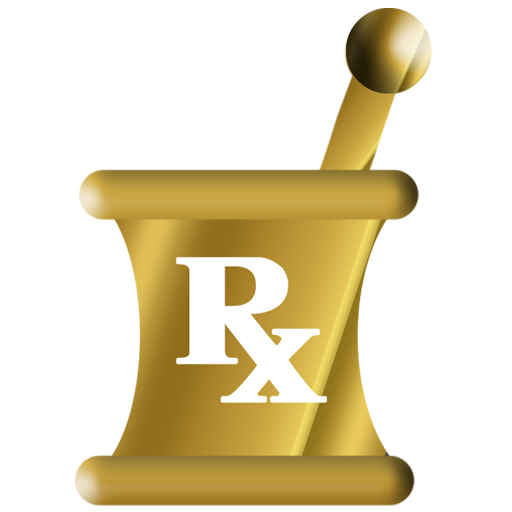So Which Side Effect Do I Want?
The only thing more annoying than TV commercials is TV drug commercials. Nowadays the two have become virtually synonymous Whatever happened to commercials for Tide or the Ginzu knife? Now it’s one mind-numbing Cialis, Pristiq, or Lyrica commercial after another. There’s the commercial with the doctor standing in his white coat out in public next to a giant mirror, not saying a word as people walk up to him. That guy should be arrested. There is the glowing nocturnal butterfly, flying from house to house, presumably flying into the head through your ears while you sleep, to eat your brain. There are sad people who suddenly have drug-induced happiness. There are COPDers, accompanied by elephants. There’s the guy who doesn’t have to make the turn off to the Protime Clinic because he’s on Xarelto, and can go fishing instead. All the commercials have high production values, but many, like the doctor and the mirror, just seem weird.
Each commercial follows the same pattern:
Part I:
The cheerful narrator sets up the problem and then introduces the drug-based solution. No commercial gets to the point quicker than the Cialis commercial. The awkward, non sequitur intro goes something like this: “It’s the little things she does, you never get tired of. But your erectile dysfunction? That may be a matter of blood flow.”
Each goes like this.
Part II:
The same narrator reads the list of side-effects, in the same cheerful but somewhat more pressured tone of voice, having only 30 seconds to get them all in (“…stop taking Cialis and seek medical attention if you have an erection lasting more than four hours…” or “…in rare cases Happy Drug X may cause death, suicide, liver failure, kidney failure, and so forth and so on…”
….Wait, did he say after four hours call the doctor? I can’t call I also have blurred vision, now what do I do?
A Bit of History
Direct to consumer prescription drug advertising was approved by the FDA in 1997 and is only legal in two countries in the world: the USA and New Zealand. Proponents of these ads argue that they should be permitted by First Amendment free speech and that they are useful to raise public awareness of diseases and their treatment. Opponents argue that this is wasteful spending, adding to the cost of these drugs, and that the ads create pressure on physicians to prescribe drugs they wouldn’t otherwise prescribe. The ads encourage the viewer to self-diagnose conditions like insomnia, restless leg syndrome, or “Low-T”, leading to unnecessary drug treatment of naturally occurring conditions. And, as the commercials warn us in that cheerful, friendly voice, there are some risks associated with these drugs. Even though the $4.8 billion dollars the drug industry spent (in 2008) on direct to consumer advertising is considered trivial compared to the total cost of health care (and is much less than the money spent on direct to physician marketing), clearly these ads work for the industry, or they wouldn’t bother spending the money.
$$$$
With Congress being the representative of industry rather than of the people, it is unlikely direct to consumer drug advertising will ever change. Maybe if US physicians united to protest these commercials, then… Whoa! What I am thinking. Physicians in this country actually uniting to accomplish something? What do you think?





